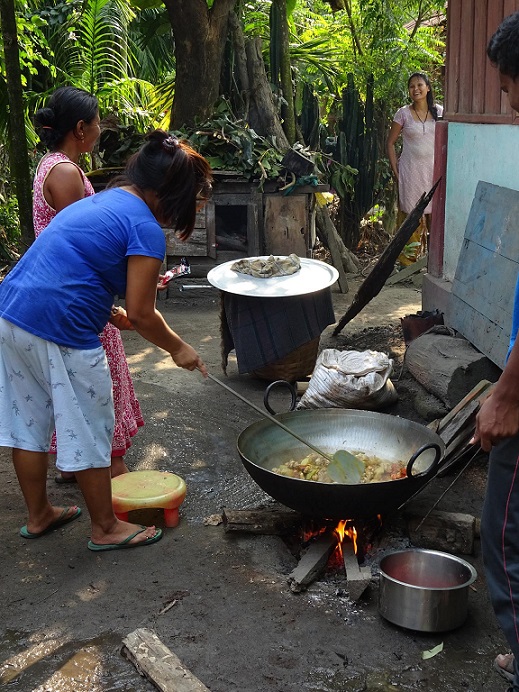Gender disparity in social welfare coverage has increased in most developing regions, something which suggests that recent progress has benefited men disproportionately. Globally, around a billion women and girls have no access to any sort of social welfare.
 María Julia Mayoral
María Julia Mayoral
Women in the 25 – 34 age range are 25% more likely to live in extreme poverty than men of the same age, according to analysis.
Moreover, conflicts and climate change continue to exacerbate inequality: residents of fragile environments are 7.7 times more likely to live in extreme poverty than those in stable regions.
This was revealed by the United Nations through the organisation UN Women which also made it clear that the high inflation rates since 2022 have rocketed up food and energy prices.
However, of almost one thousand social welfare measures adopted by the governments of 171 countries in the following months, only 18% were targeted at women’s economic security.
The United Nations body denounces that at a global level more than 63% of women still give birth without access to maternity benefits, a percentage that rises to 94% in sub-Saharan Africa. This lack of financial support during maternity leave not only puts them in an economically disadvantaged situation, it also compromises their health and wellbeing, along with that of their children, “perpetuating poverty through the generations”, in the opinion of UN Women.
For UN Women climate change, loss of biodiversity and the Earth’s degradation are having growing effects on the rights, resilience and resources of women and girls in rural areas.
 From a global perspective, in the worst-case scenario, climate change could push up to 158 million more women and girls into poverty and 236 million more into food insecurity by 2050, the institution denounces.
From a global perspective, in the worst-case scenario, climate change could push up to 158 million more women and girls into poverty and 236 million more into food insecurity by 2050, the institution denounces.
“Ecosystems, natural resources and livelihoods are being wiped out and the ability of rural women to procure safely resources like healthy food, clean energy and water has declined”, notes the 2024 analysis.
Technologies and clean fuels for cooking continued to be out of reach for almost half (45.6%) the globe’s rural population in 2022 and 1.8 billion individuals still rely on external supplies to their homes for drinking water.
Women and girls, the research highlights, bear the main responsibility for collecting biomass, for example wood for heating and cooking, as well as water, in seven out of ten households.
It is time to promote the means of subsistence, leadership, rights and resilience of rural women, as set out in the Beijing Declaration and Platform for Action which marks its thirtieth anniversary next year, the source considers.
At the same time, it says, it is necessary to increase investment, including in access to electricity and to drinking water systems: this is essential to lighten the burden of domestic work and unpaid care work and to support women’s daily labour building communities and restoring ecosystems.
In the same way, discriminatory laws and practices must be eliminated urgently: even if women employed in rural areas nurture life on the planet, control of the land they cultivate is restricted or is denied to them, while they earn scarcely 82 cents for every dollar men receive in agricultural production, the research showed.
These inequalities are exacerbated by women’s limited access to infrastructure and social services and welfare, which restricts their ability to recover from environmental upheaval, the institution concludes.
 According to estimates by the International Labour Organisation (ILO), in around 91% of the 117 countries analysed, the level of informal work is higher in rural areas than in urban areas, for both women and men.
According to estimates by the International Labour Organisation (ILO), in around 91% of the 117 countries analysed, the level of informal work is higher in rural areas than in urban areas, for both women and men.
However, in 70% of these countries the level of informal work is higher for women, even if the average difference by sex is quite small.
The origin of informal work is as important as its prevalence: in the case of women “the informal nature of their jobs is usually associated with their condition as auxiliary family workers”, indicates the ILO.
As a rule, it says, women employed informally on the land “have no right to social welfare and can be exposed to deficient or dangerous working conditions, low remuneration and productivity and to a lack of organisation, voice and representation in decision-making”. PL
(Translated by Philip Walker – Email: philipwalkertranslation@gmail.com) – Photos: Pixabay












.jpg)












